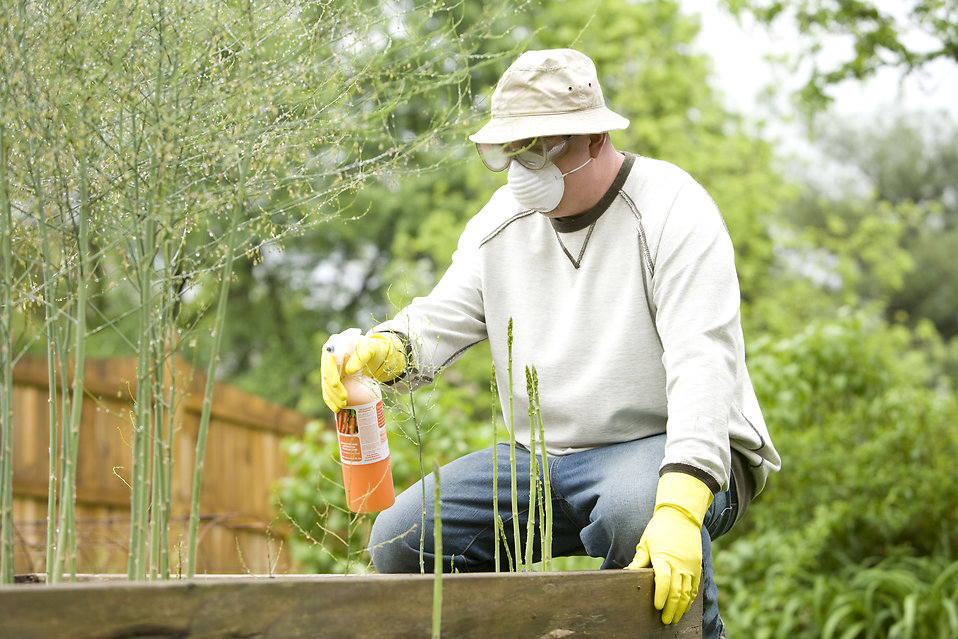The Environmental Protection Authority has publicly released, for feedback, the approach used to assess hazardous substances which pose risks to people and New Zealand’s environment.
Dr Fiona Thomson-Carter, General Manager of the EPA’s Hazardous Substances Group, says there’s always a lot of interest in the authority’s decisions on what hazardous substances we approve and why.
“The approach and the scientific models outlined in the guide help us decide how to manage risks, by either imposing controls on how the substance is used, like its maximum strength, who it is available to, and how it is labelled, or declining the application,” says Dr Thomson-Carter.
“These are important decisions and we’re encouraging interested parties to read our guide and give us feedback on how useful and user-friendly the material is.”
This is the first time the authority has released its decision-making approach, which assesses the evidence and data for hundreds of imported or manufactured hazardous substances in New Zealand.
New Zealanders come into contact with hazardous substance daily, including a range of substances from fly sprays through to weed killers, Dr Thomson-Carter said.
“We always look at the benefits and risks and costs, and consider the effects a substance poses to human health, the environment, and the economy,” she said.
“The EPA will only grant and approval for a hazardous substance to be imported or manufactured in New Zealand if it is considered that the risks can be adequately managed, and that the benefits outweigh any residual risk.”
As the authority continues to refocus on becoming a more proactive and transparent regulator, it wants to enable interested parties and the public to understand the science behind its decision-making, Dr Thomson-Carter said.
Read the risk assessment guide HERE.
Source: Environmental Protection Authority












